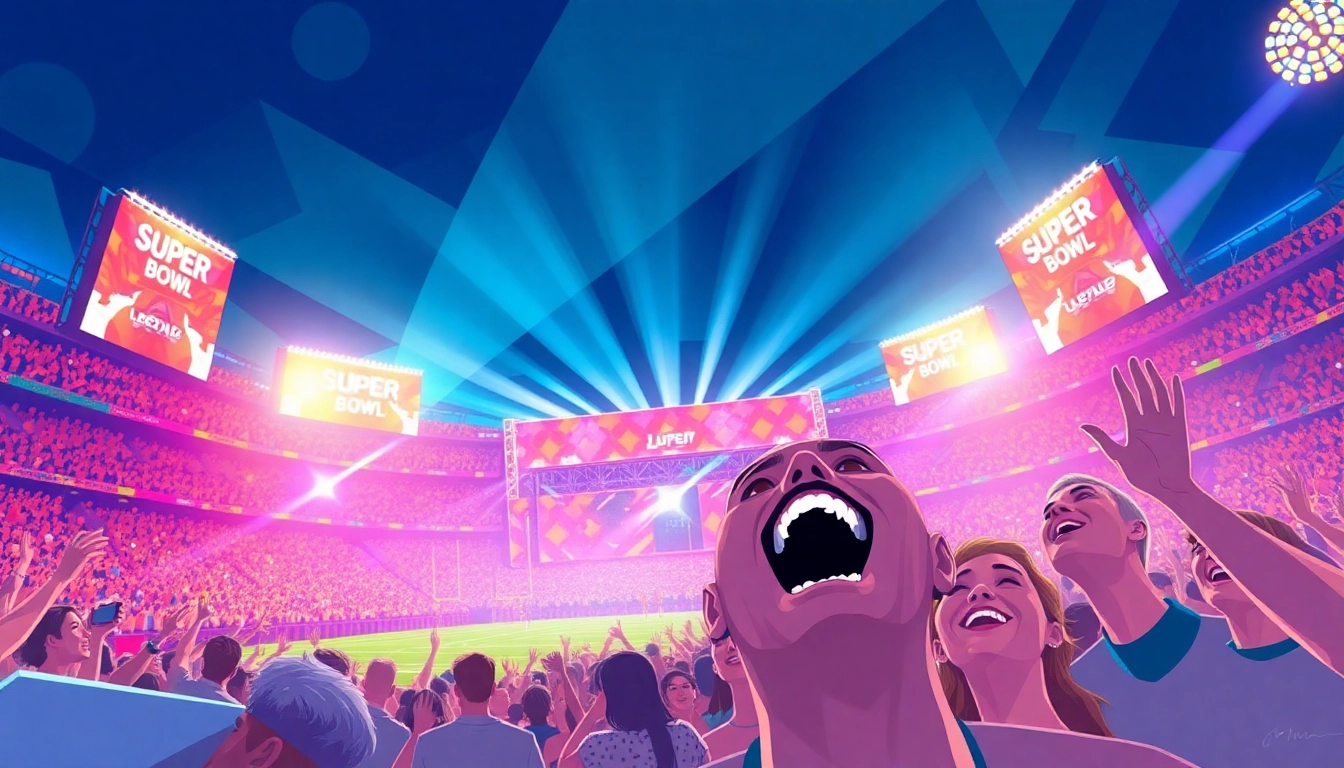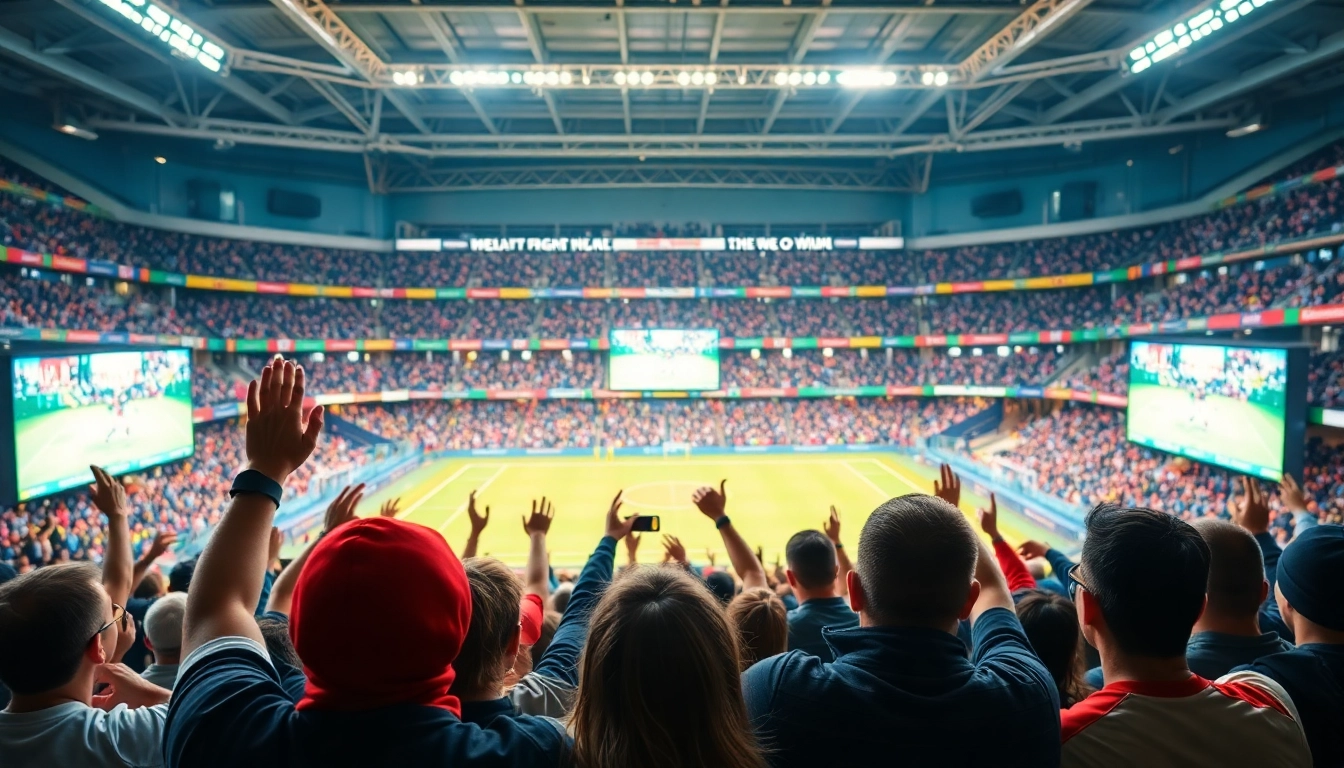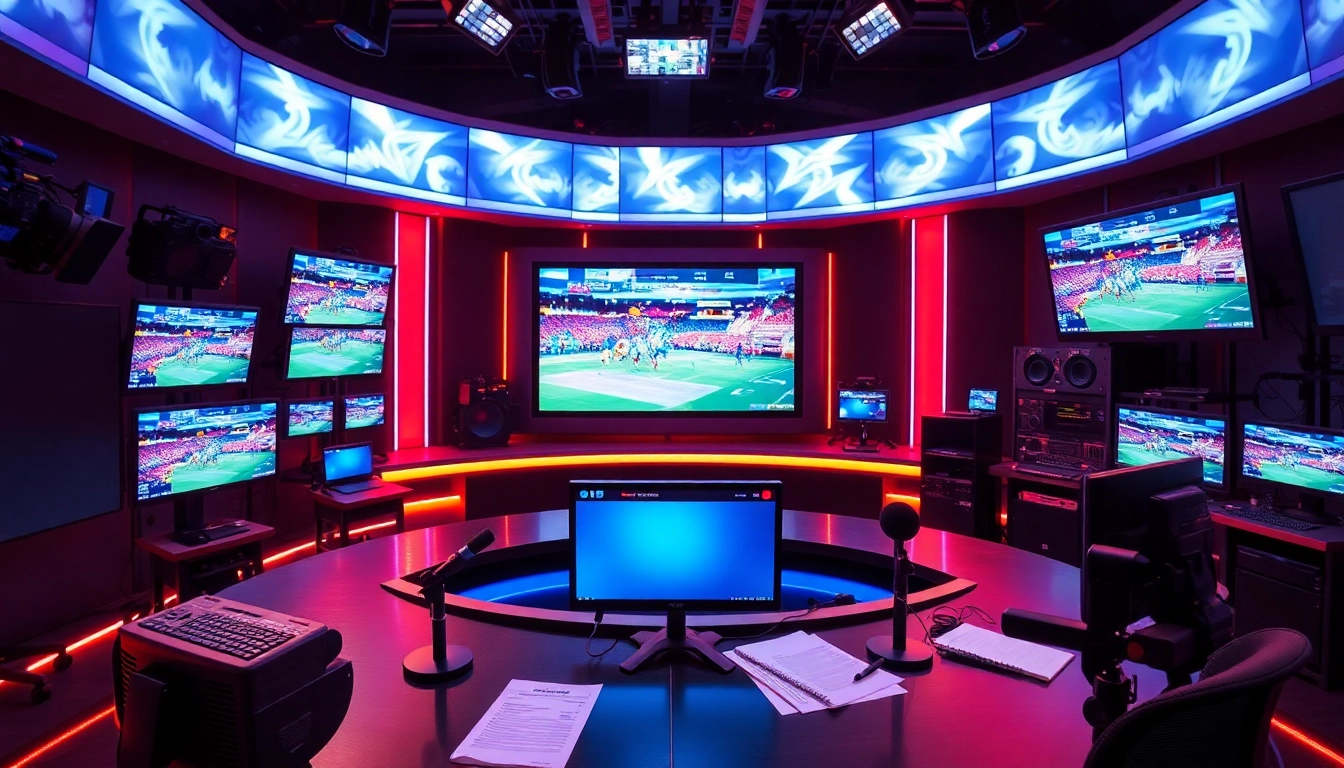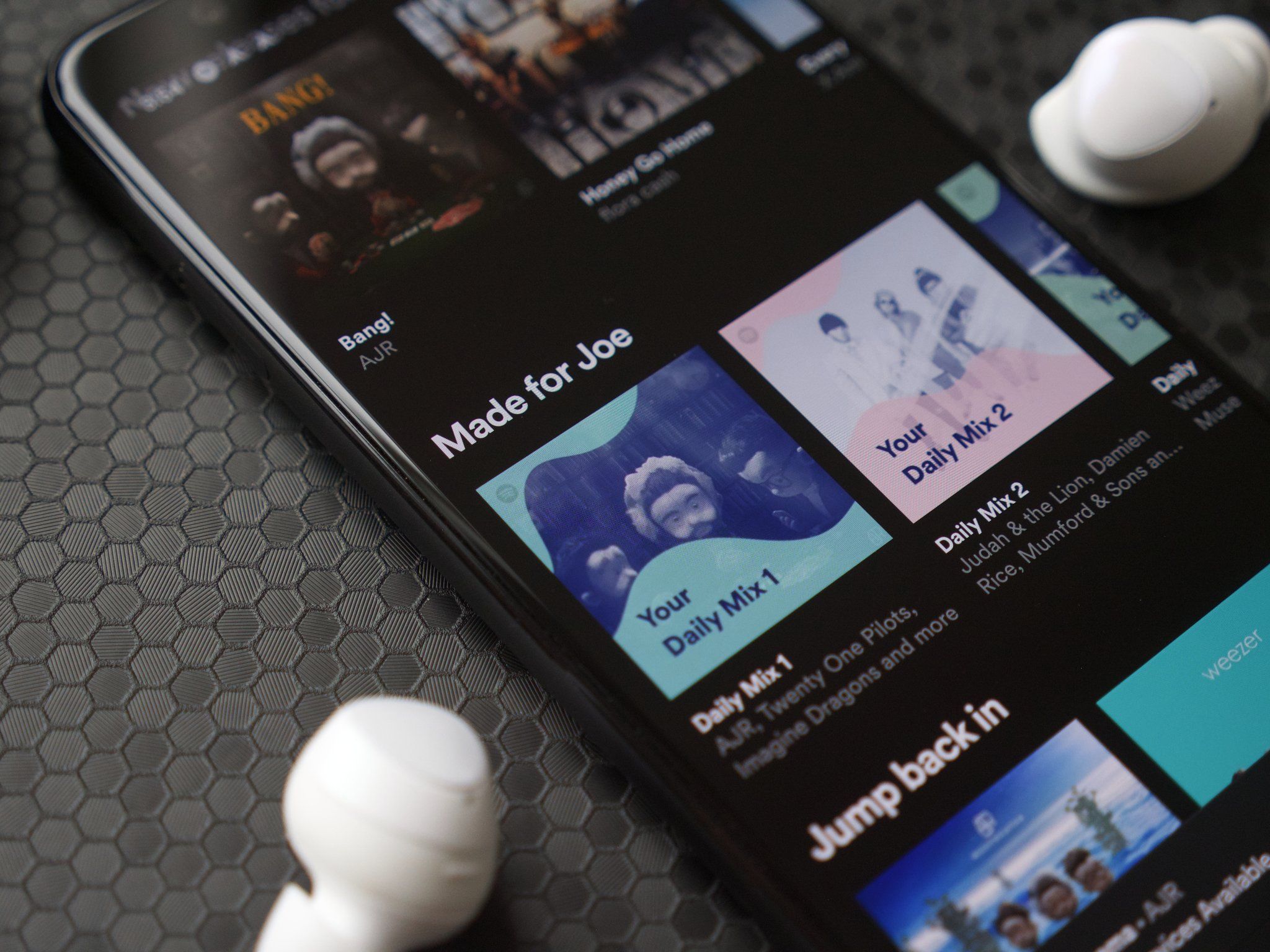
Understanding the Halftime Phenomenon
Halftime in sports, particularly in American football, serves more than just a break between the two halves of a game; it has evolved over the years into a hallmark of entertainment and spectacle. The term “halftime” encompasses a broad array of activities ranging from musical performances to special guest appearances and even thematic showcases, designed to engage audiences during what could otherwise be a mundane intermission. This cultural shift, marked by extraordinary performances and massive celebrity participation, underscores the significance of halftime as not just a pause in play, but a pivotal moment of community and celebration. The halftime show has successfully become one of sports’ biggest draws, promising memorable experiences for fans and significant opportunities for brands and advertisers.
History and Evolution of Halftime Shows
The history of halftime shows can be traced back to the early days of football, where intermissions primarily involved marching bands performing in a straightforward, almost ceremonial manner. Over the decades, however, the halftime show has transformed, especially during the Super Bowl, which stands as the centerpiece of these intermissions. The first notable performance occurred during the Super Bowl I in 1967 with the University of Arizona’s marching band. By the time we reached the 1990s and 2000s, halftime shows were attracting major pop stars and integrating elaborate stage designs, lighting, and choreography.
Artists like Michael Jackson (Super Bowl XXVII in 1993), who delivered a historic performance, and Beyoncé, who has graced the stage multiple times, have cemented the halftime show’s status as a must-watch event. This evolution continues on, exemplified by the recent decision to bring in top-tier hip-hop artists for the 2022 Super Bowl Halftime Show, including Dr. Dre, Snoop Dogg, and Kendrick Lamar, indicating a growing trend towards diversity in musical genre representation and star power.
Significance of Halftime in Popular Culture
Halftime shows have grown to symbolize more than just a break in the action; they reflect national sentiments, cultural movements, and societal trends. Artists often use this broad platform to deliver messages that resonate with modern audiences. For instance, performances by performers like Shakira and Jennifer Lopez at Super Bowl LIV highlighted social issues, including immigration and racial equality.
Furthermore, the reach of these shows extends far beyond football; they become cultural events that spark conversations and leave an indelible mark on social media. In many ways, halftime has become a microcosm of societal influences and aspirations, where stars shine not just for entertainment, but to advocate for causes close to their hearts.
Key Players Behind Memorable Halftime Events
A variety of stakeholders contribute to the execution of halftime performances, and their roles have expanded significantly over time:
- Artists: They bring the artistry and vision for each performance, often collaborating with choreographers, directors, and designers to create an unforgettable spectacle.
- Event Producers: This behind-the-scenes role is crucial in planning logistics, coordinating with television networks, and ensuring smooth execution during live broadcasts.
- Sponsors and Brands: Major corporations invest significant funds into the halftime shows for advertising opportunities, partnering with artists to create synergistic campaigns that amplify brand visibility.
- Networks: The broadcasting teams play a pivotal role in shaping the viewing experience, often working closely with production teams to ensure the performance is captured perfectly for audiences at home.
Insights into Super Bowl Halftime Shows
2025 Super Bowl Halftime Performances
The upcoming 2025 Super Bowl will spotlight Kendrick Lamar as its headline performer, alongside special guest SZA. His musical evolution and prominence make him a fitting choice to appeal to a diverse audience. This event is expected to draw millions of viewers both in-stadium and worldwide, underpinning the ongoing desirability of the halftime show as a platform for artists to connect with fans and share their latest projects.
The anticipation leading up to these performances also highlights the cultural significance of these shows, serving as a cornerstone for conversations around inclusivity in music, particularly as hip-hop gains continued recognition in mainstream events traditionally dominated by pop and rock.
Analysis of Previous Halftime Shows
Analyzing previous halftime performances can offer insights into what makes these shows captivating and memorable. By learning from past successes and challenges, performers and producers can craft progressively engaging performances. Historical performances, such as those by Bruno Mars in 2014 and the star-studded show featuring no less than five high-profile artists in 2022, exemplify how to captivate audiences.
Critical elements of successful shows include:
- Strong Thematic Presentation: Linking the narrative of the performance to broader themes resonates deeply with audiences.
- Visual Spectacle: Groundbreaking visuals, such as innovative stage designs and effects, can leave a lasting impression.
- Audience Engagement: Moments that encourage audience interaction, like sing-alongs or dance, amplify the experience.
What Makes a Great Halftime Performance?
A standout halftime production harmonizes multiple elements to create an impactful experience:
1. Star Power: The choice of artist or ensemble is crucial; audiences are more likely to engage with performances led by beloved figures.
2. Memorable Songs: A performance built around hit songs or a nostalgic catalog appeals to a wide audience base.
3. Innovative Stagecraft: Technological advancements can enhance live performances, creating immersive experiences that keep viewers glued to their screens.
4. Timely Themes: Integrating contemporary themes can help resonate with audiences who value artists who speak on social issues or trends relevant to the times.
When these elements are in sync, halftime performances can transition from mere entertainment to cultural phenomena, leaving a lasting legacy that fans reflect on for years to come.
The Impact of Halftime on Brands and Advertisers
Commercial Opportunities During Halftime
The halftime break presents a golden opportunity for brands; it’s not just an intermission, it’s prime advertising real estate. The viewership numbers are staggering, with tens of millions of eyes expected to be glued to screens. This environment prompts brands to invest heavily in commercials, often creating highly shareable content to maximize their reach beyond the game.
Advertisers often release teasers, sneak peeks, and behind-the-scenes content to generate buzz prior to the big game, increasing engagement potential. The return on investment can be enormous, especially when campaigns successfully go viral.
Successful Brand Collaborations in Halftime History
Successful brand collaborations aren’t merely about placing their products on screen; they transcend into storytelling that aligns with the theme of the halftime show. For instance, Pepsi’s multi-year sponsorship of the Super Bowl halftime show has been a model of engagement, characterized by synergy with headline artists while sustaining brand visibility and audience interaction.
The effective use of humor, emotion, and surprise in advertisements during the halftime slot has become a tradition, sparking conversations well after the game has ended.
Measuring the ROI of Halftime Sponsorships
For brands, measuring return on investment (ROI) in the context of halftime sponsorship involves analyzing various metrics, such as social media engagement, brand recall surveys, ad impressions, and even market share changes post-game. Advanced analytics tools allow companies to assess online engagement during and after the event, whereas traditional methods may involve customer surveys and brand equity assessments.
In conclusion, successful sponsorships go beyond mere associations; they cultivate a lasting relationship with audiences and potentially turn consumers into brand advocates.
A Fan’s Perspective: Engaging with Halftime Entertainment
How to Choose the Best Halftime Viewing Experience
As the halftime show has evolved, so too have the options for viewing it. Fans can experience the excitement in multiple ways, whether attending the event live or watching from various platforms at home. Here are some tips for maximizing enjoyment:
- Experience it Live: For those lucky enough to attend in person, early arrival for a good spot is essential. Engaging with the atmosphere and other fans can heighten anticipation.
- Home Viewing: Equip your home or viewing area with high-definition screens, surround sound, and comfortable seating to recreate a stadium-like atmosphere.
- Engagement on Social Media: Sharing excitement through social platforms with live reactions and participatory hashtags can enrich the experience.
User-generated Content: Fans Share Their Halftime Memories
Fan anecdotes and memories of halftime performances have taken center stage on social media platforms, contributing to the event’s lore. Sharing personal experiences can vary from catching a glimpse of a favorite artist to meeting fellow fans during a thrilling performance.
Platforms like Instagram, TikTok, and Twitter offer interactive spaces for fans to post videos, photos, and thoughts, creating a rich tapestry of shared memories that span across generations.
Preparing for Halftime: Tips for Spectators
Preparation is key for both in-person attendees and at-home viewers. Some practical tips include:
- Set Eating and Drinking Times: Have snacks and drinks readily available to avoid lines and commercial breaks.
- Get a Schedule: Know the lineup, significant performance times, and key moments leading up to the halftime show to keep the energy high.
- Have a Viewing Party: Invite friends over and create a shared experience to amplify fun and excitement.
Future of Halftime Shows in a Digital Age
Technological Innovations Transforming Halftime Experiences
The infiltration of technology into halftime shows is revolutionizing how performances are executed and perceived. From augmented reality to drones capturing aerial views, performance technology is facilitating a more immersive experience than ever before.
Furthermore, advancements in live-streaming and virtual reality allow fans who cannot attend the event an opportunity to feel as though they are part of the experience. These innovations will likely continue evolving, blending physical and digital realities seamlessly.
The Role of Social Media During Halftime Performances
Social media plays an increasingly significant role during halftime shows, allowing fans to share instant reactions, polls, and engage with hashtags related to the performance. The immediate feedback loop created through platforms like Twitter and TikTok not only amplifies fan engagement but also offers artists real-time feedback on their performance.
Brands have started to weave into this social media tapestry as well, enhancing visibility during performances and leveraging viral moments to connect with audiences.
Speculations on Upcoming Halftime Trends
Looking ahead, trends suggest an increase in thematic productions that align with broader societal movements. Artists are likely to continue leveraging their platform for social commentary. Additionally, we may witness an integration of performances combining both established stars and emerging artists in innovative ways.
As as digital platforms grow, the concept of ‘global audiences’ attending halftime through live streams will continue to shape the design of shows, paving the way for collaborative performances that connect artists from different parts of the world.







